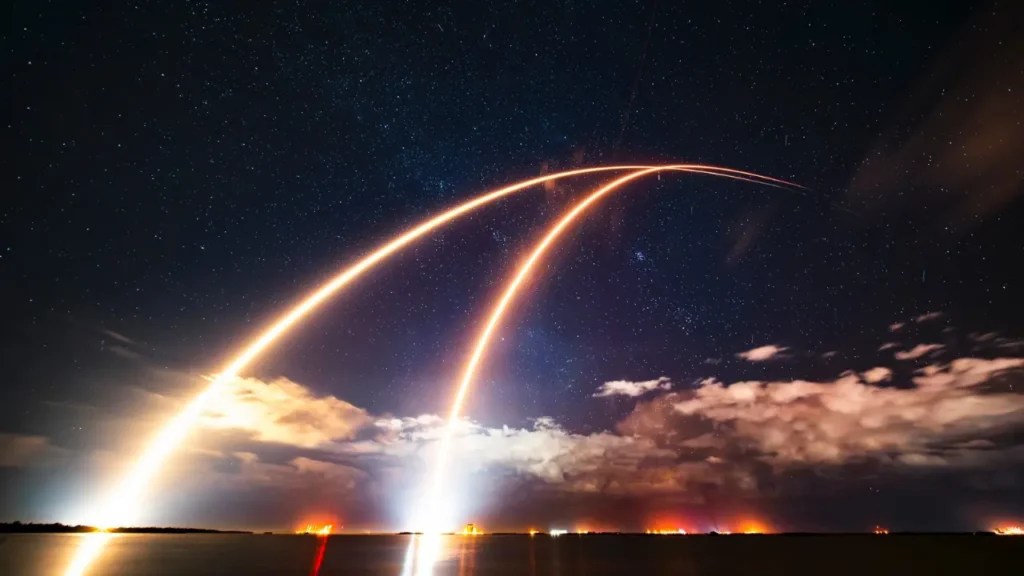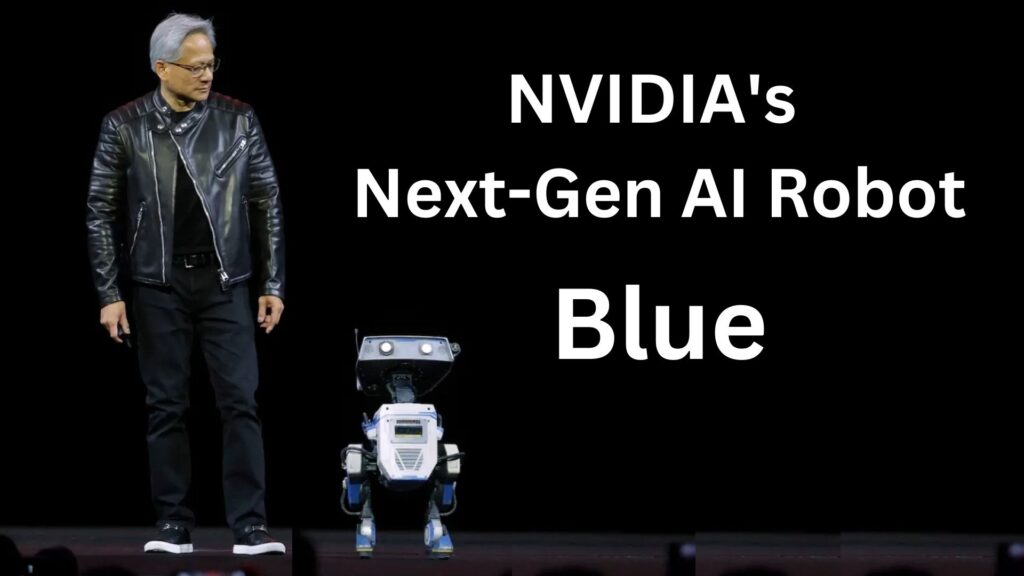
The night sky over Florida turned bright when SpaceX’s Falcon 9 rocket lifted off from Launch Complex 39A at NASA’s Kennedy Space Center. The mission, called Starlink 6-89, carried 29 Starlink v2 Mini satellites and launched at 10:08 p.m. EST. People across Orlando, Daytona Beach and Jacksonville watched the rocket shine across the sky with a powerful rumble that felt unforgettable.
The first stage booster used for this launch is Booster B1092. This flight marks its eighth mission. Earlier, it supported CRS-32, GPS III SV08 and the national security mission NROL-69. Around eight and a half minutes after liftoff, the booster returned safely and landed on the droneship A Shortfall of Gravitas in the Atlantic Ocean near The Bahamas. With this landing, ASOG completed its 132nd booster recovery, and SpaceX reached its 533rd successful booster landing overall. Falcon 9 reusability is no longer an experiment. It has become a dependable routine.
The 45th Weather Squadron reported a more than 95 percent chance of good weather for launch. Even though recent solar activity created some risks, experts rated the solar impact as moderate and safe enough for liftoff. SpaceX was also preparing another Starlink mission, 6-85, within the same four-hour launch window. Handling two missions in one night shows the speed and confidence SpaceX now operates with.
These new v2 Mini satellites are designed for stronger communication performance and better coverage. They will support high-speed global internet and help industries such as aviation, shipping, defense, remote research and smart transportation. Each batch takes Starlink closer to becoming a major backbone for worldwide connectivity.
This mission is considered special because SpaceX has achieved remarkable consistency in its launch speed. Falcon 9 flights are now so frequent that what once seemed unusual and historic has become an almost everyday experience. While Starship is making headlines for future trips to the Moon and Mars, Falcon 9 is currently advancing the Space Age and changing the direction of rocket science.
For spectators standing on the beach and watching from rooftops, the sight was breathtaking as the rocket rose into the sky with a bright flash of light, followed by the booster’s descent. There was excitement and pride in the moment. Additionally, the message to the global space industry is unambiguous. SpaceX isn’t just launching satellites, it’s changing the pace and system of space missions around the world.



